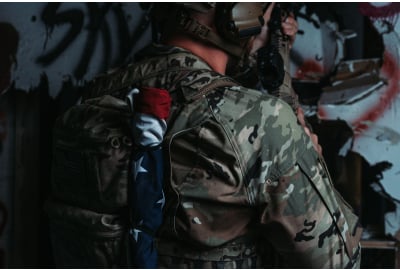
At Massif, our dedication to Berry Amendment compliance is not just about adhering to regulations—it's about upholding the highest standards of quality and supporting the U.S. economy. The Berry Amendment, initially passed in 1933 as the Buy America Act and significantly amended by Congressman Ellis Yarnal Berry, ensures that all textile and clothing products purchased by the Department of Defense (DoD) are entirely manufactured in the U.S. from the fibers used in fabrics to the final assembly of garments.
The Essence of Berry Compliance
Berry compliance goes beyond simply sourcing materials from the U.S. It involves a comprehensive set of regulations to reinforce the domestic industrial base, particularly during times of national need. Every component of our flame-resistant military clothing—from thread to zippers—must meet stringent compliance standards for businesses like Massif.
This commitment supports U.S. jobs and ensures that our military personnel are equipped with the highest quality gear. Unlike cheaper overseas options, our U.S.-made apparel provides unparalleled safety and durability, reflecting our dedication to the individuals who serve our country.
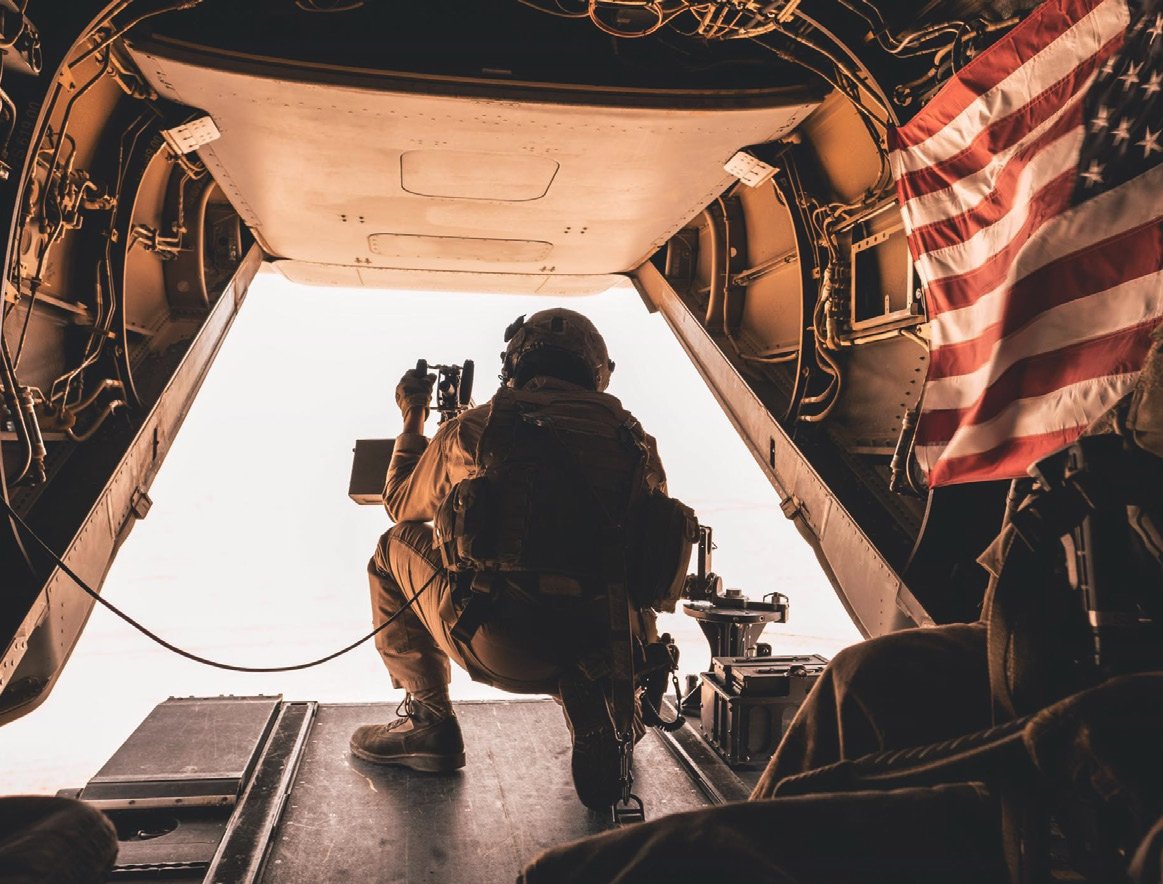
Why It Matters
Choosing Berry-compliant products means investing in the United States' safety, security, and economic stability. It supports a domestic supply chain that can react swiftly to the Department of Defense's needs, reducing lead times and enhancing the reliability of military gear.
At Massif, every stitch in our garments is a testament to our commitment to quality, compliance, and the well-being of our military personnel. We are compliant by necessity and conviction, ensuring that every product we offer contributes to a stronger, safer America.
Understanding Berry Compliance in Government Contracts
Berry compliance isn't just a set of guidelines—it's a critical criterion for businesses seeking to engage in government contracts, particularly with the Department of Defense. At Massif, our adherence to the Berry Amendment is a strategic advantage that enables us to participate confidently in these contracts.
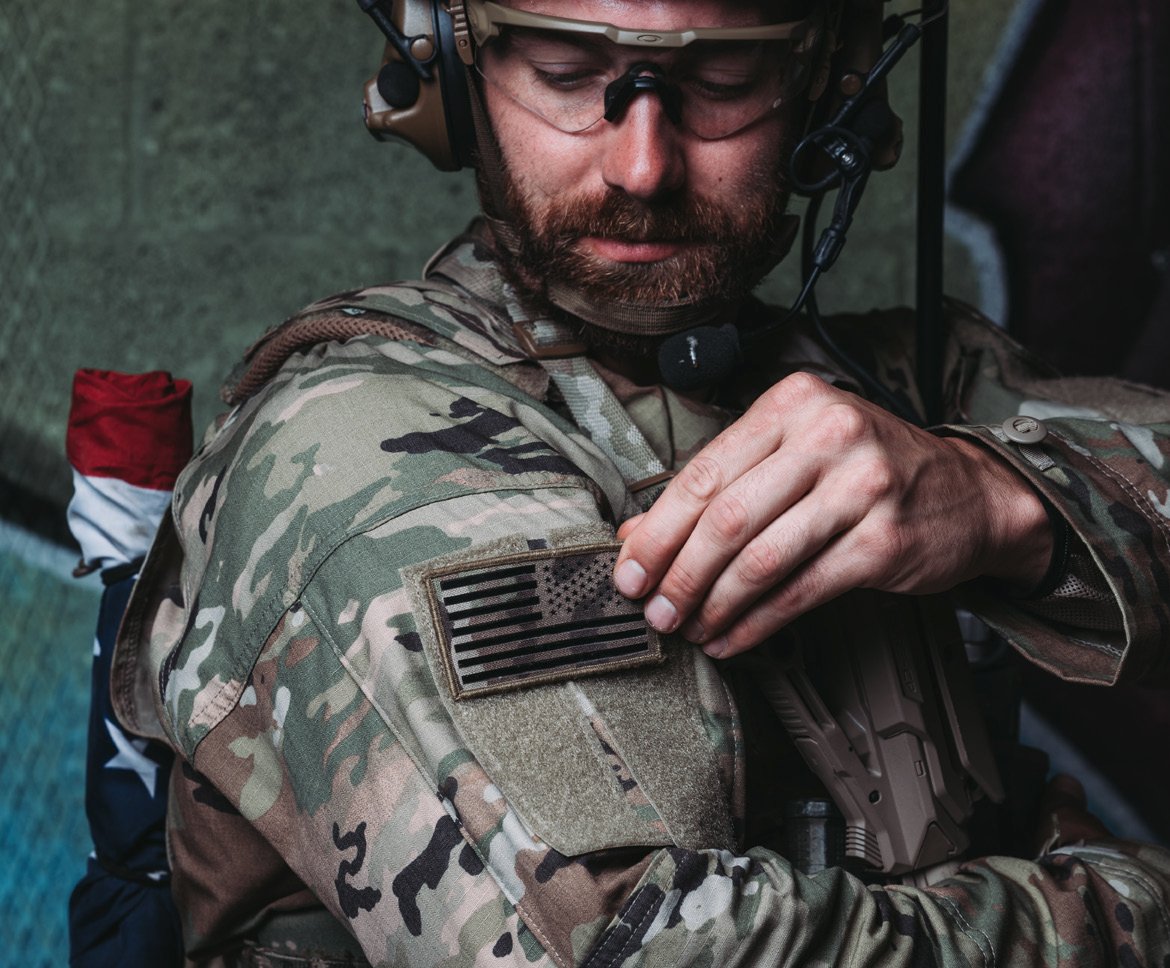
Berry Compliance Requirements
Being Berry compliant means that every part of the manufacturing process must occur within the United States, from raw materials to finished products. This includes all textiles, threads, and hardware used in our clothing. Our compliance ensures that we meet the DoD's stringent requirements, designed to secure and strengthen the U.S. industrial base in times of national need.
Strategic Advantages of Berry Compliance
For Massif, Berry compliance is not just about meeting legal requirements but leveraging them as a competitive edge. By ensuring that all components of our products are sourced and produced domestically, we maintain tighter control over our supply chain, enhancing both the quality of our products and the speed of our delivery.
This direct oversight of production increases our agility and ability to adapt quickly to changing military needs. Moreover, it allows us to guarantee that every product delivered under a government contract not only meets but often exceeds the rigorous standards required for military use.
Economic Impact
Berry compliance has significant economic implications. Prioritizing U.S. manufacturers helps sustain and create jobs within the country. For Massif, this means a commitment to supporting local economies and contributing to a stable job market, particularly in sectors critical to national defense.
This approach benefits our company and its employees and strengthens the broader U.S. economy, reinforcing the country's ability to remain self-sufficient in critical industries.
Why Cheaper Isn’t Necessarily Better
At Massif, we understand that manufacturing costs go beyond simple dollars and cents. When it comes to producing high-quality, Berry Amendment compliant military apparel, like our Gore-Tex jackets, the investment in U.S. labor and materials is not only a matter of compliance but of quality and reliability.
The Cost of Quality and Compliance
Consider the intricate construction of a standard Gore-Tex jacket designed to meet Berry compliant specifications. This jacket contains about 26 yards of waterproof tape, meticulously tested under 1.5 pounds of water pressure at 30 different points. A failure in any of these tests can jeopardize the entire contract—a risk we mitigate through rigorous quality control inherent in U.S. manufacturing standards.
While a similar jacket might cost around $30 to produce overseas, the price to make it in the U.S.—approximately $115—reflects the higher standards of labor, material quality, and compliance with the Berry Amendment.

The Hidden Costs of Overseas Production
Manufacturing overseas can initially seem less expensive, but it incurs additional costs such as shipping, tariffs, and the complexities of international logistics, including obtaining an HS code and an EIN. In contrast, products made in the U.S. require only a UPC code, simplifying the process significantly.
Moreover, the predictability of overseas supply chains has diminished, with lead times often extending well beyond 30 days. By keeping our production domestic, Massif reduces lead times to under a month, allowing for rapid delivery via USPS, UPS, or FedEx—ensuring our products reach our customers swiftly and reliably.
The Realistic Choice for Modern Manufacturing
Choosing to manufacture in the United States is not just about adherence to compliance; it's about making a strategic decision that aligns with economic and operational efficiencies. As global logistics become more volatile, the benefits of domestic manufacturing become clearer—from shorter lead times to superior quality control.
Ultimately, the value of human life and safety surpasses any potential cost savings from outsourcing. At Massif, we commit to Berry Amendment compliance to fulfill regulatory requirements and ensure that we provide the very best protection to those who protect us. Our dedication to quality is unwavering, as is our belief in supporting U.S. labor and industry.
Massif Berry Amendment Compliant Clothing
All of Massif’s flame-resistant military clothing and gear are Berry Amendment Compliant. If you have more questions, contact our knowledgeable customer service team or visit our products page to view all Massif FR Military Clothing.
One critical factor in our ability to manufacture the highest-quality gear that performs in the most punishing environments is our tight supply chain here at Massif.
We maintain that control using our close relationship with our parent company, Antex Knitting Mills. We develop and manufacture most fabrics we use for Massif gear in their Los Angeles, CA, mill.
Antex Knitting Mills' ability to create state-of-the-art FR fabrics for Massif right here in the US helps us maintain the highest level of quality and strict Berry Amendment Compliance, which sets us apart from our competitors.
The Impact of Berry Compliance on Quality and Safety
At Massif, Berry Amendment compliance is deeply intertwined with our commitment to delivering the highest quality and safest products to our military. This compliance is not merely a legal requirement but a core part of our mission to protect those who protect us.
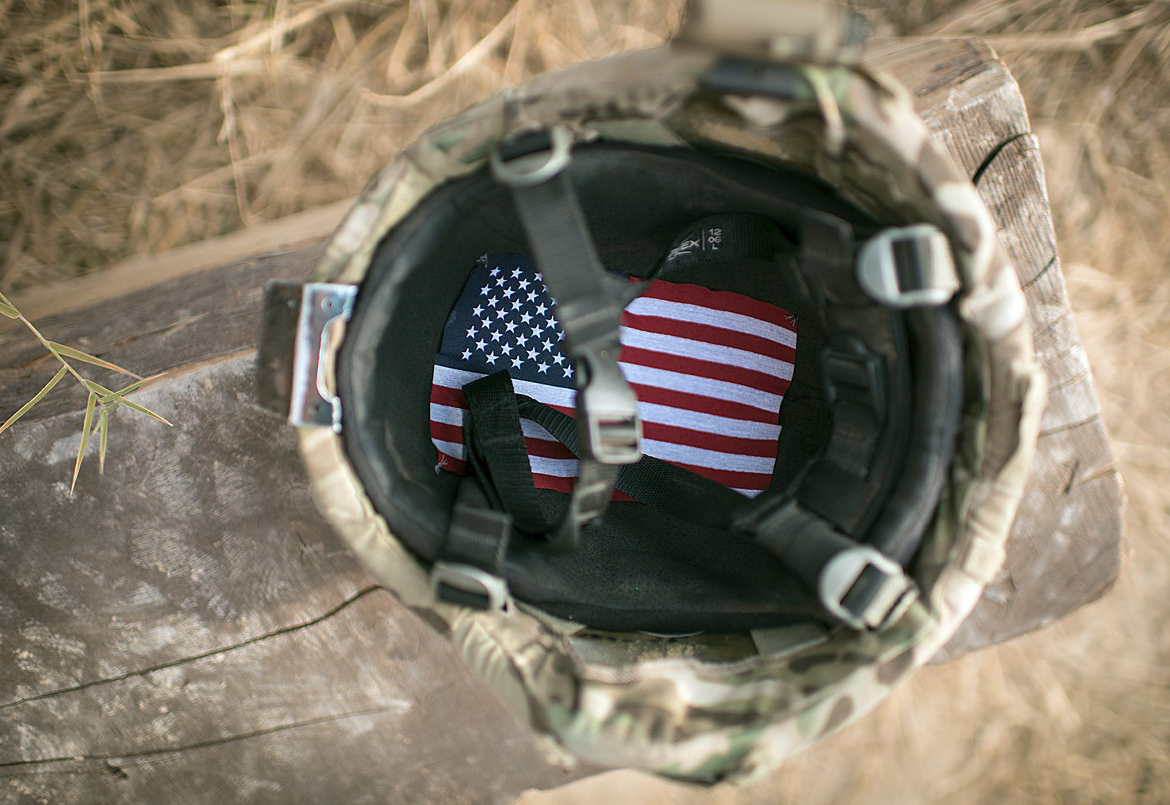
Guaranteeing Superior Quality
By adhering to Berry compliance, we ensure that every element of our garments—from raw materials to manufacturing processes—is under strict supervision. This allows us to maintain a quality that might not be possible with overseas production, where standards can vary significantly.
Our compliance guarantees that our products' fabrics, threads, and fittings are of the highest standard, ensuring durability and functionality. This is particularly crucial for the flame-resistant military clothing we specialize in, where every detail can make a difference in life-threatening situations.
Enhancing Safety Through Rigorous Standards
Berry compliance also means that our products undergo rigorous testing and quality assurance processes before they reach our military personnel. These processes are designed to meet or exceed the stringent requirements of the U.S. Department of Defense, ensuring that our garments provide the necessary protection in diverse and challenging environments.
This dedication to safety is why the U.S. military and its allies trust Massif garments. Our commitment to Berry compliance helps ensure that every product we deliver offers maximum protection, helping to save lives and keep our military personnel safe in the field.
Long-Term Reliability
Committing to Berry compliance supports long-term reliability in our products. We use proven, high-quality U.S.-sourced materials that withstand the rigorous demands of military operations. This reliability is critical for gear that soldiers rely on daily, whether in training or on active duty in hostile environments.
Our control over the supply chain, from sourcing to manufacturing, ensures that we can quickly address any issues that arise, maintaining the trust and confidence of the Department of Defense and the soldiers who wear our gear.
Conclusion: The Strategic and Economic Benefits of Berry Compliance
At Massif, our unwavering commitment to Berry Amendment compliance is more than just fulfilling a regulatory requirement—it is a cornerstone of our corporate ethos and a critical component of our operational strategy. Our compliance ensures we contribute to a robust national defense and a vibrant domestic manufacturing sector.

Strengthening National Defense
Berry compliance is integral to national security. By ensuring that all military apparel is produced within the United States, we maintain a secure and reliable supply chain that is less susceptible to foreign disruptions. This autonomy is crucial during international tension or conflict, where supply chain security becomes paramount.
Boosting the Domestic Economy
Our commitment to Berry compliance also supports the U.S. economy by sustaining jobs in the textile and manufacturing industries. Massif adheres to the Berry Amendment and invests in American workers and their communities by sourcing and producing all materials and products within the country. This investment helps stabilize local economies and fosters economic growth.
Massif's Role in Advancing Berry Compliance
As a leader in producing flame-resistant military clothing, Massif sets a high standard for Berry compliance. We continuously innovate in our product design and material sourcing to enhance the performance and safety of our products while supporting U.S. industries. Our efforts ensure that we meet the evolving needs of the Department of Defense and provide our military personnel with the best possible equipment.
By choosing Massif, our customers are purchasing high-quality, reliable products and supporting a supply chain that benefits American workers and contributes to the national interest. It is our honor and duty to uphold the values instilled by the Berry Amendment, fostering a safer and stronger future for everyone.
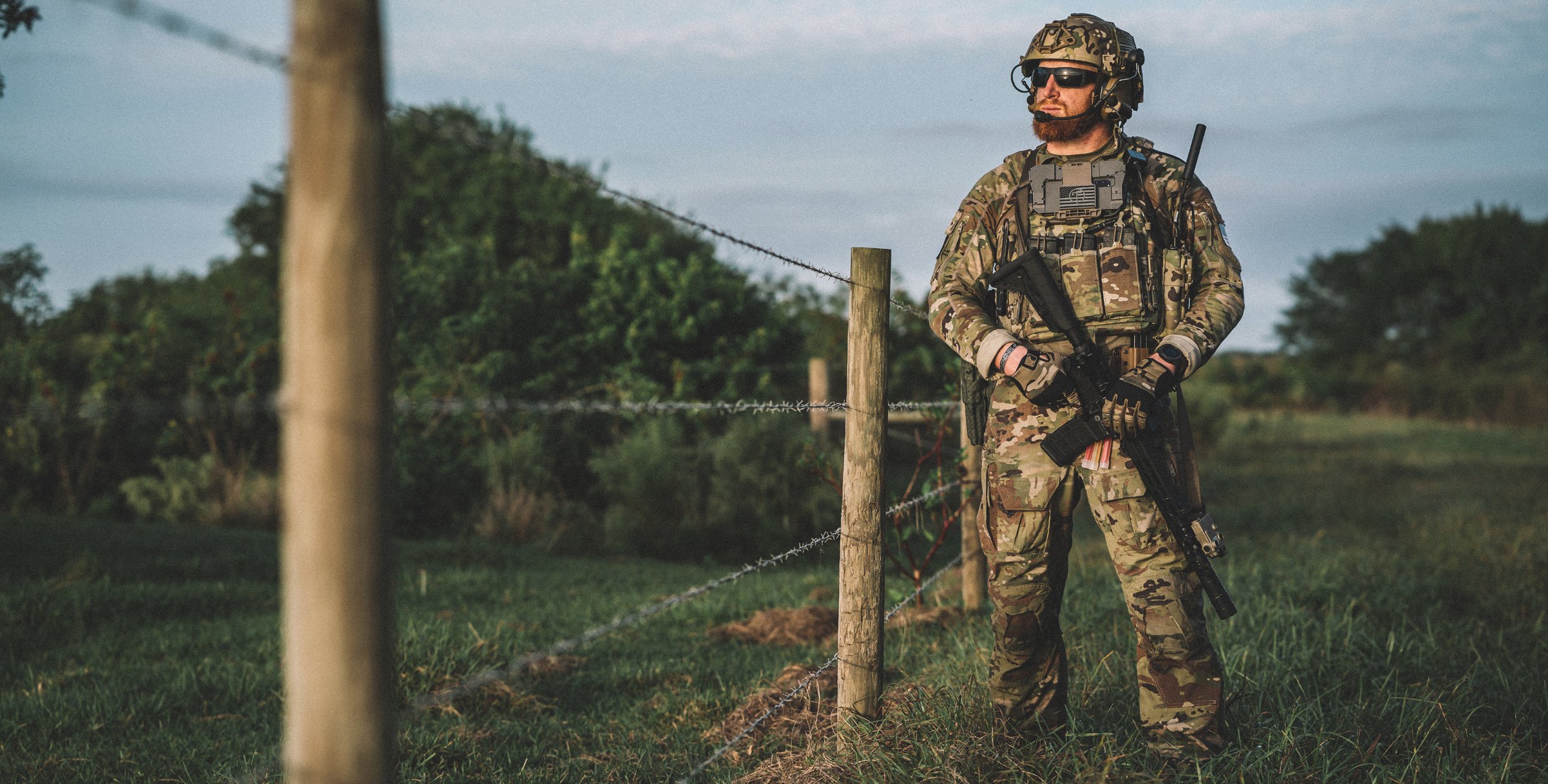
Source:
The Persistence of Time: A Brief History and Analysis of the Berry Amendment
Sean P. Bamford
Public Contract Law Journal
Vol. 32, No. 3 (Spring 2003), pp. 577-606 (30 pages)
https://fas.org/sgp/crs/natsec/RL31236.pdf

